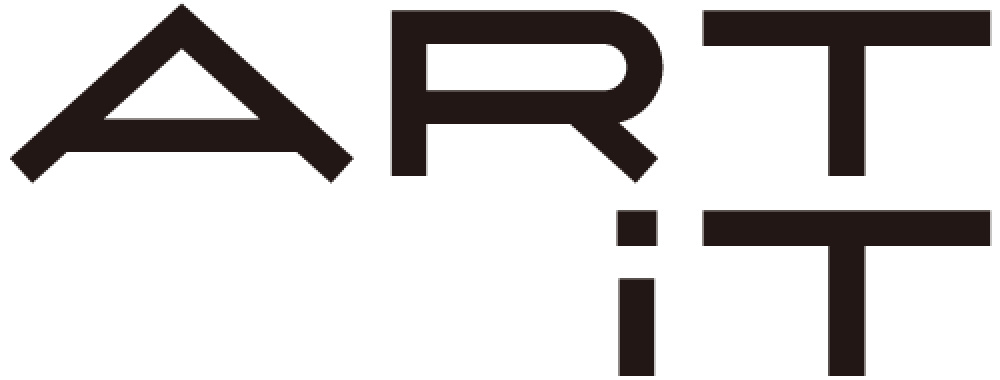MU – Pedro Costa & Rui Chafes
December 7 (Friday), 2012 – March 10 (Sunday), 2013
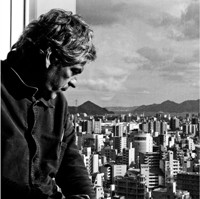
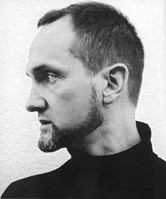
ⒸValérie Massadian
Cinema and sculpture – two different fields of activity engaged in by two Portuguese artists who will unveil works of light and shadow, movement and stillness within the unique space of the Hara Museum. -What kind of time and space will this confrontation between opposites give birth to?
Pedro Costa and Rui Chafes are two artistic geniuses from Portugal who have won international acclaim in two different areas of expression: cinema and sculpture. The movie director Pedro Costa has created highly original work that straddles the line between documentary and fiction. Critics have lavished praise on his films which have garnered awards at the Locarno International Film Festival and Yamagata International Documentary Film Festival. Costa continues to fascinate viewers with films in which serene visual beauty coexist with a destructive view of the world. Working mainly in iron, Rui Chafes creates sculptures that push the envelope of expressive possibilities. Chafes has represented Portugal at such international art festivals as the Venice Biennale and Sao Paulo Biennale. This exhibition, entitled MU in memory of the great Japanese film director Yasujiro Ozu, features a total of ten works, consisting of five video installations and five sculptural works, including three new works by each artist that were created especially for the space within the Hara Museum. One of the highlights of the show is the combined display of video material from Costa’s representative works No Quarto da Vanda (In Vanda’s Room) and Juventude em Marcha (Colossal Youth) along with iron sculptures by Chafes, which are newly presented in the form of an installation. What awaits viewers is an experience of time and space that is different from a typical visit to a movie theater.
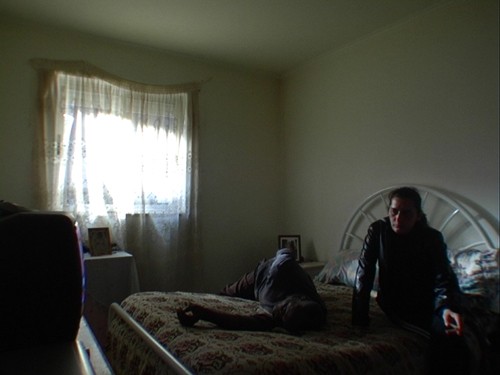
Pedro Costa Casal da Boba, 2005, video installation, Collection of the Serralves Museum of Contemporary Art
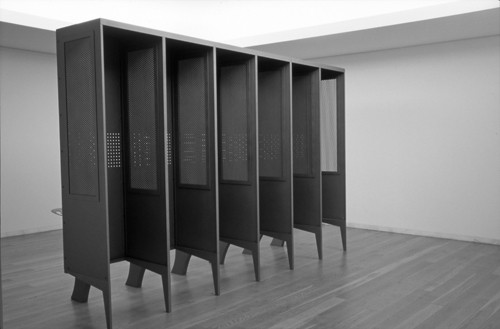
Rui Chafes Vê como tremo (See how I tremble), 2005, painted iron, 241(h) x 372 x 117 cm, Collection of the Serralves Museum of Contemporary Art
[Exhibition Details]
Exhibition title: MU – Pedro Costa & Rui Chafes
Dates: December 7 (Friday), 2012 – March 10 (Sunday), 2013
Place: Hara Museum of Contemporary Art 4-7-25 Kitashinagawa, Shinagawa-ku, Tokyo 140-0001
Tel: 03-3445-0651 E-mail: info@haramuseum.or.jp Museum website: http://www.haramuseum.or.jp
Mobile site: http://mobile.haramuseum.or.jp https://www.art-it.asia/en/u/HaraMuseum_e (blog)
Twitter: http://twitter.com/haramuseum (in Japanese only / account name: @haramuseum)
Organized by: Hara Museum of Contemporary Art and Embassy of Portugal – Camões, I.P.
Supported by: EU-Japan Fest Japan Committee
In collaboration with: Serralves Museum of Contemporary Art
Cooperation provided by: Chinematrix, Athénée Français Cultural Center
Hours: 11:00 am – 5:00 pm, Wednesdays until 8:00 pm (last entry 30 minutes before closing)
Closed: Mondays (open on December 24, January 14 and February 11), December 25, December 28 – January 4, January 15, February 12
Admission: General 1,000 yen; Students 700 yen (high school and university) or 500 yen (elementary and junior high); Free for Hara Museum members and students through high school every Saturday during the school term; 100 yen discount per person for groups of 20 or more.
Directions: 5 minutes by taxi or 15 minutes on foot from JR Shinagawa Station (Takanawa exit); or from the same station take the No.96 bus, get off at the first stop (Gotenyama), and walk 3 minutes
[Background to the Exhibition]
Pedro Costa and Rui Chafes are internationally acclaimed Portugese artists whose respective areas – film and sculpture – may seem at first glance to be diametrically opposed like water and oil. For this exhibition, the two close friends in private life have collaborated in a unique experiment which places their works in a dialog within the setting of an art museum.
It is a collaboration that dates back to 2005 with the exhibition FORA! / OUT! held at Museu Serralves (the Serralves Museum of Contemporary Art) in Oporto, Portugal’s second largest city. Over the years, Pedro Costa has had considerable connections with Japan. He was a member of the jury at the Sendai Mediateque and the Yamagata International Documentary Film Festival and a visiting professor at Tokyo Zokei University. Rui Chafes had also come to Japan as a featured artist in the exhibition Contemporary Art from Portugal: Western Lines held at Hara Museum ARC in 1993. Both share an admiration for one Japan’s greatest movie directors, Yasujiro Ozu. This exhibition, which was conceived not as a repeat of FORA!/OUT!, but as a new collaboration, was brought to fruition with the support of the Portuguese Embassy in Japan.
The two artists developed the exhibition plan after viewing the museum spaces in person. They selected two installations and two sculptures from the FORA!/OUT! exhibition, to which they added three new video installations and three new sculptures. For the title, they chose “MU,” the Japanese word for “nothingness,” as a homage to Ozu whose tombstone is inscribed with the same word.
[Exhibition Highlights]
In a show of contrasting idioms – projected video installations and iron sculptures – one of the highlights will be how the two will be made to “confront” each other within the gallery space. The works made after FOR A!/OUT! include Pedro Costa’s installation Minio Macho, Minion Fêmea which incorporates video material from In Vanda’s Room, while another work Casal da Bova includes footage from Colossal Youth. Both works deviate from the format of the traditional theatrical movie, raising questions about the meaning of the video experience. Ruis Chafes’ sculptures Tenho Frio (I’m Cold) and Vê Como Tremo (See How I Shake), which appeared in FORA!OUT!, seem to be a form of architecture or furniture. Their strange shapes, however, which make them look like something entirely different, as well as the heaviness of the iron and their massiveness give them a peculiar power that infuses the space with tension. In addition to these works, the exhibition will include three new creations by each artist.
* The exhibition FORA !/OUT! was held between October 2005 and January 2006 at the Serralves Museum of Contemporary Art. It was co-curated by the French curator Catherine David, who has served as artistic director at the large-scale art festival documenta X, and by João Fernandes, the director of the Serralves Museum of Contemporary Art. FORA !/OUT!, which featured four video installations by Pedro Costa and six sculptures by Ruis Chafes, was organized such that viewing alternated between the work of each artist. The result was a unique and interesting spatial encounter of two artists from different genres that caused a great sensation. Backed by critical acclaim, the two artists continued to seek opportunities to further their collaboration in different countries and different museums.
[About the Artists]
Pedro Costa is a very special director who has won acclaim for such films as In Vanda’s Room (2000) and Colossal Youth (2006), works which dispense with the typical grammar and discourse of narrative film to straddle the line between documentary and fiction. For this exhibition, Costa shows his propensity towards experimentation by presenting work not with the spatial and temporal format of the “movie theater” and the “road show,” but within the spatial and temporal format of the “exhibition” in a “museum.” The result is a different experience of space and time for the viewer.
As a sculptor who works mainly with iron, Rui Chafes has represented Portugal at both the São Paulo Biennial and Venice Biennale. His exclusive preference for this material belies the wide range of modeling he is able to achieve through his use of its many sculptural idioms, including its qualities as a plane, line or mass, and through its treatment, i.e., placement, hanging and leaning. His sculptural forms, richly suggestive of both the abstract and realistic, whether placed indoors or outdoors, fall into a dialog with their surroundings to produce a tension and a transformation of the entire environment into a work of art.
[Artists’ Statement]
MU presents five sculptures and five films by Rui Chafes and Pedro Costa, occupying the entire Hara Museum in Tokyo, which is at the same time an exhibition space and a memory of a domestic place. MU develops the collaboration between the two artists which began 2005 with FORA!/OUT! at the Serralves Museum of Contemporary Art in Oporto. For this project, which is once again curated by Catherine David and João Fernandes, in collaboration with Atsuo Yasuda, the artists created six new works especially for the special qualities of the Hara Museum. This work examines the possible confrontation between the two different languages of film and sculpture. The moving nature of the former seems to contradict the static presence of the latter. In fact, shadows in motion are the only inhabitants of this “negative space”.
Walls with windows and doors form the house, but the empty space within it is the essence of the house. -Lao Tse
[Artists’ Profiles]
Pedro Costa
Costa was born in Lisbon in 1959. After graduating from the University of Lisbon, he studied at the National Film School in Amadora and then gathered experience working as an assistant director. He went on to direct his first long film O Sangue (The Blood) (1989) and In Vanda’s Room (2000), for which he took a camera into the slums of Lisbon where many immigrants live. This ambitious work, which erased the line between documentary and fiction, was a critical success that won prizes at the Cannes Film Festival, Locarno International
Film Festival and Yamagata International Documentary Film Festival. His other works include Casa de Lava (House of Lava) (1995), Ossos (Bones) (1997) and Colossal Youth (2006), which may be considered a sequel to In Vanda’s Room. In 2005, the exhibition+screening event Pedro Costa Film Retrospective in Sendai 2005 was held at the Sendai Mediateque.
Rui Chafes
Born in Lisbon in 1966, Chafes studied sculpture at the Lisbon University of the Arts and the Dusseldorf Academy of Arts in Germany where he made mainly iron sculptures. During the 1990s, he became active on the international stage, showing work in solo and group exhibitions and becoming one of the leading figures in the contemporary Portuguese art world. He was selected to be his country’s representative at such major venues as the Venice Biennale (1995) and São Paulo Biennial (2004). In Japan, he showed work at the Contemporary Art from Portugal: Western Lines exhibition (1993) at Hara Museum ARC (the annex to the Hara Museum). In addition to Portugal, he has held exhibitions at museums and art centers in other countries such as Germany, Italy, Spain, Denmark and Brazil.
[Featured Works]
A total of 10 works will be on display, consisting of 3 new video installations and 3 new sculptures, together with 4 previously exhibited works.
[Related Events]
1) Artists Talk: 12/8 (Saturday) Pedro Costa & Rui Chafes 13:00 – 15:00
2) Lectures: 12/16 (Sunday) 14:30 – 16:00 Atsushi Sugita (art critic), 12/22 (Saturday) 14:00 – 16:00 Nobuhiro Suwa (film director), 1/30 (Wednesday) 19:00 – 20:30 Chihiro Minato (photographer), 2/2, 2013 (Saturday) 14:30 – 16:00 Naoki Seshimo (architect)
* All lectures will be given in Japanese only.
* Reservations are required for all events. Details including participation fee will be announced at a later date on the Hara Museum website and blog (ARTiT Japan Partners).
3) Film Screening in conjunction with the Exhibition
■ 12/5, Wednesday & 12/7, Friday Athénée Francais Culture Center (Tokyo) http://www.athenee.net/culturalcenter
During the End (2003 / 70 minutes / Director: João Trabulo / Language: Portuguese, English and others), a documentary about Rui Chafes and All Blossoms Again (2007 / 51 minutes / Director: Aurélien Gerbault / Language: French and Portuguese), a documentary about Pedro Costa will be screened. The starting time is 18:30 for both screenings. Includes Japanese subtitles. General admission 1,000 yen.
■ Early December at Auditorium Shibuya (Tokyo) http://a-shibuya.jp
Special Program: Carte Blanche—Films Selected by Pedro Costa and Rui Chafes
Approximately ten films chosen by Pedro Costa and Rui Chafes will be screened as part of a special program. Details will be posted at a later date on the theater’s website.
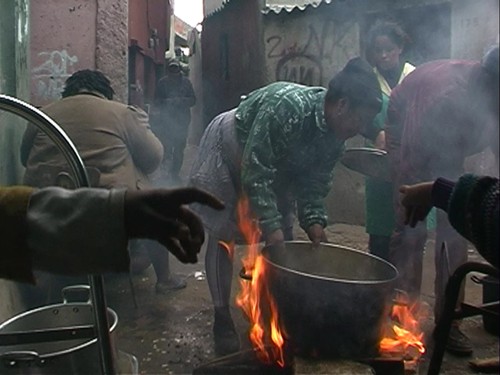
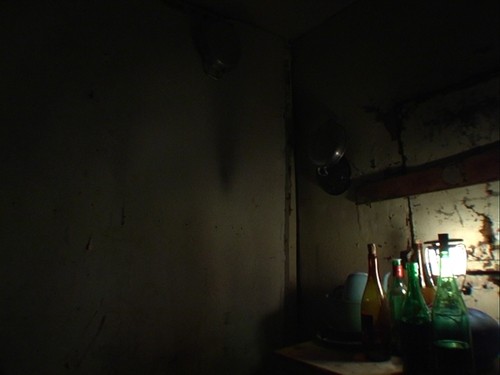
Pedro Costa Minino Macho, Minino Fêmea, 2005, video installation (2 screens), Collection of the Serralves Museum of Contemporary Art
ⒸPedro Costa Courtesy of the artist
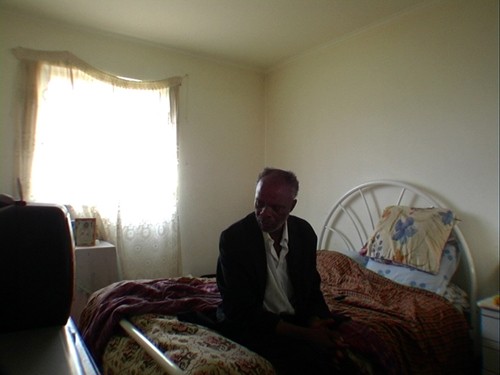
Pedro Costa Casal da Boba, 2005, video installation, Collection of the Serralves Museum of Contemporary Art
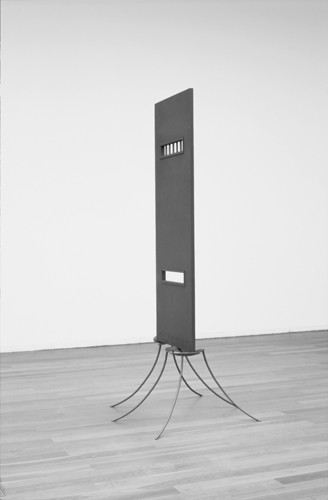
Rui Chafes Tenho frio (I’m cold), 2005, painted iron, 273 (h) x 130 x 124 cm ⒸRui Chafes Courtesy of the artist
Film Screening in conjunction with the Exhibition and special discount
Special Program: Carte Blanche – Films Selected by Pedro Costa and Rui Chafes
Auditorium Shibuya (Tokyo) December 1 – 13, 2012
Approximately ten films chosen by Pedro Costa and Rui Chafes will be screened as part of a special program.
During the End (2003) and All Blossoms Again (2007)
Athenee Francais Culture Center (Tokyo) December 5 and 7, 2012
Please bring your ticket from one of the screenings above to the Hara Museum. You will receive a 100 yen discount. You will also receive a 200 yen discount at both theaters with the Hara Museum ticket.
Please see http://a-shibuya.jp and http://www.athenee.net/culturalcenter for details (Japanese only).
*To help protect the works of art on view and ensure the viewing pleasure of others, we ask that you follow the rules listed below. Thank you for your cooperation.
《To all visitors》
■Do not touch the artwork.
■Preschool children should be held by the hand at all times while inside the galleries.
《Please observe the following rules regarding photography》
■While taking photos, take care not to bump into or touch the artwork.
■Flash photography is not permitted.
■Video recording is not allowed.
■Tripod use is not allowed.
■Out of concern for personal privacy, please refrain from photographing other visitors.
■Please observe proper etiquette while taking photos.
■Photos taken are for private use only. Use for commercial or other secondary purposes that infringe on copyright is prohibited.
■No photography is allowed of permanent installations identified by the “No Photography Allowed” sign.
